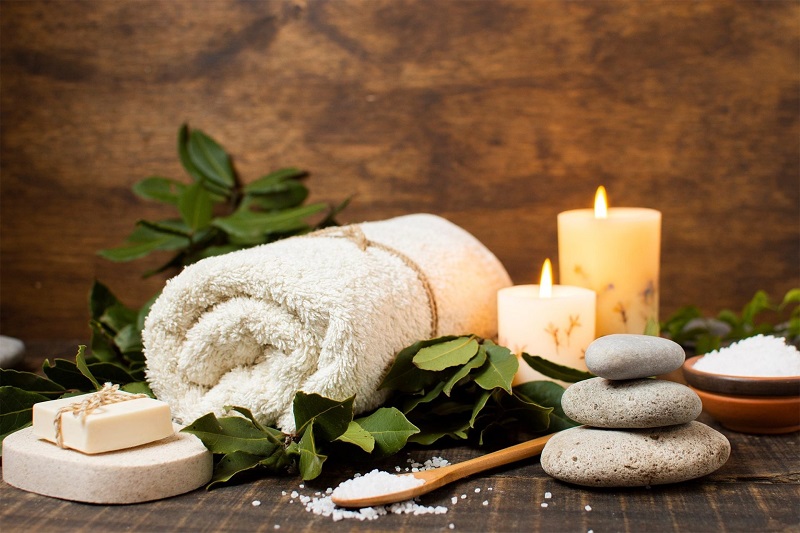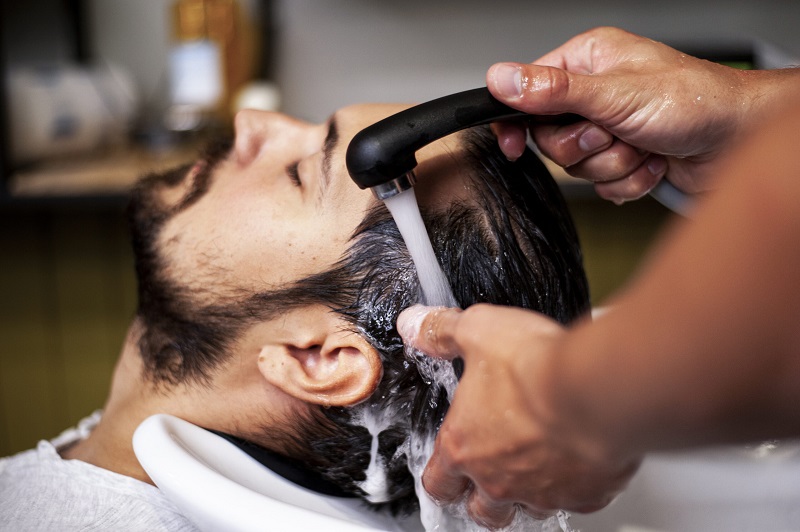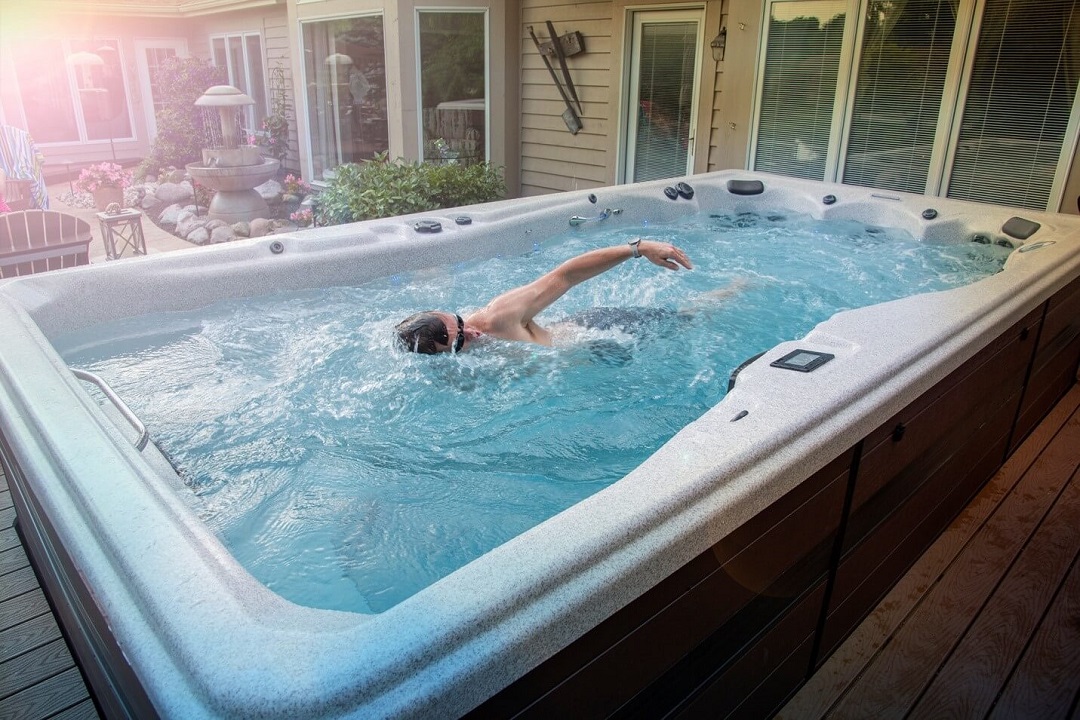When it comes to relaxation and self-care, few things come close to the luxurious experience of a spa visit. Spas have been cherished for centuries, and today, they offer a wide range of treatments and therapies aimed at rejuvenating the mind, body, and soul. But like all things in life, spa experiences come with their own set of advantages and disadvantages. In this comprehensive guide, we will delve deep into the world of spas, exploring the benefits and potential drawbacks, so you can make an informed decision about whether a spa day is right for you.
Advantages of Spa
Stress Relief: In our fast-paced lives, stress is a constant companion. One of the primary advantages of visiting a spa is the opportunity to unwind and de-stress. Whether it’s a soothing massage or a calming soak in a hot tub, spas are designed to help you relax and forget about your worries.
Pain Management: Spa treatments often include massages that can be particularly effective in relieving muscle and joint pain. Skilled therapists can target problem areas, providing relief from conditions like back pain or arthritis.
Improved Sleep: Many people struggle with sleep disorders. Spa treatments, such as aromatherapy and deep tissue massages, can promote better sleep by relaxing the body and mind.
Detoxification: Saunas and steam rooms are common features in spas. These heat therapies help in sweating out toxins, leaving you feeling refreshed and revitalized.
Skin Rejuvenation: Facials and skin treatments are a staple of spa services. They can improve skin texture, reduce signs of aging, and give your complexion a healthy glow.
Mental Well-being: Beyond physical benefits, spa visits contribute to mental well-being. The serene atmosphere, calming scents, and peaceful surroundings promote mindfulness and relaxation.
Social Experience: Going to the spa can be a social activity. It’s a great way to spend quality time with friends or loved ones while indulging in self-care.
Holistic Approach: Many spas offer holistic therapies that consider the whole person – mind, body, and spirit. This approach can lead to a more profound sense of well-being.
Personalized Treatments: Spas often tailor their treatments to your specific needs and preferences, ensuring a personalized and satisfying experience.
Health Benefits: Some spa therapies, like hydrotherapy, have been linked to improved cardiovascular health and circulation.
Disadvantages of Spa
Cost: One of the most significant drawbacks of spa experiences is the cost. High-quality spa treatments can be quite expensive, making them inaccessible for some individuals.
Time-Consuming: A full day at the spa can take up a considerable amount of time. This might not be feasible for those with busy schedules.
Overindulgence: While spa treatments are beneficial, it’s possible to overindulge in them. Excessive use of services like hot tubs or saunas can lead to dehydration or other health issues.
Unrealistic Expectations: Some spa-goers may have unrealistic expectations about the results of certain treatments. It’s important to understand that while spa therapies offer numerous benefits, they are not miracle cures.
Privacy Concerns: Spa treatments often require individuals to disrobe or be in vulnerable positions. This can be uncomfortable for those who value their privacy.
Allergic Reactions: In rare cases, individuals may have allergic reactions to products used during spa treatments, such as oils or skincare products.
Inconsistent Quality: The quality of spa services can vary widely from one establishment to another. Research and reviews are essential to ensure a positive experience.
Cultural Sensitivity: In some cases, spa-goers may encounter cultural practices or customs that they are not familiar with, which can be uncomfortable or confusing.
Limited Accessibility: Not everyone has easy access to a spa. Rural areas may lack spa facilities, limiting options for those in such locations.
Maintenance Effort: Some spa treatments, such as manicures and pedicures, require ongoing maintenance to sustain their benefits.
In conclusion, spa experiences offer a multitude of advantages, from stress relief to improved well-being. However, they also come with their share of disadvantages, including cost and time considerations. The key to a satisfying spa visit is to carefully consider your needs and expectations, research spa establishments, and choose treatments that align with your goals. Remember, a spa experience should be a delightful journey towards relaxation and self-care, allowing you to emerge rejuvenated and ready to face life’s challenges.
Frequently Asked Questions (FAQs)
Is it necessary to make an appointment for spa services?
Yes, it’s recommended to make an appointment in advance to ensure availability and to allow the spa staff to prepare for your visit.
What should I wear to a spa?
Most spas provide robes and slippers. You should wear comfortable, loose-fitting clothing to and from the spa.
Are there age restrictions for spa treatments?
Age requirements can vary, but many spas offer treatments suitable for minors with parental consent.
Can I customize my spa treatment to address specific concerns?
Absolutely. Many spas offer customizable treatments to target your unique needs and preferences.
How do I know if a spa is reputable and hygienic?
Read online reviews, ask for recommendations, and visit the spa’s website to learn about their cleanliness and safety protocols. Reputable spas prioritize hygiene and guest safety.






